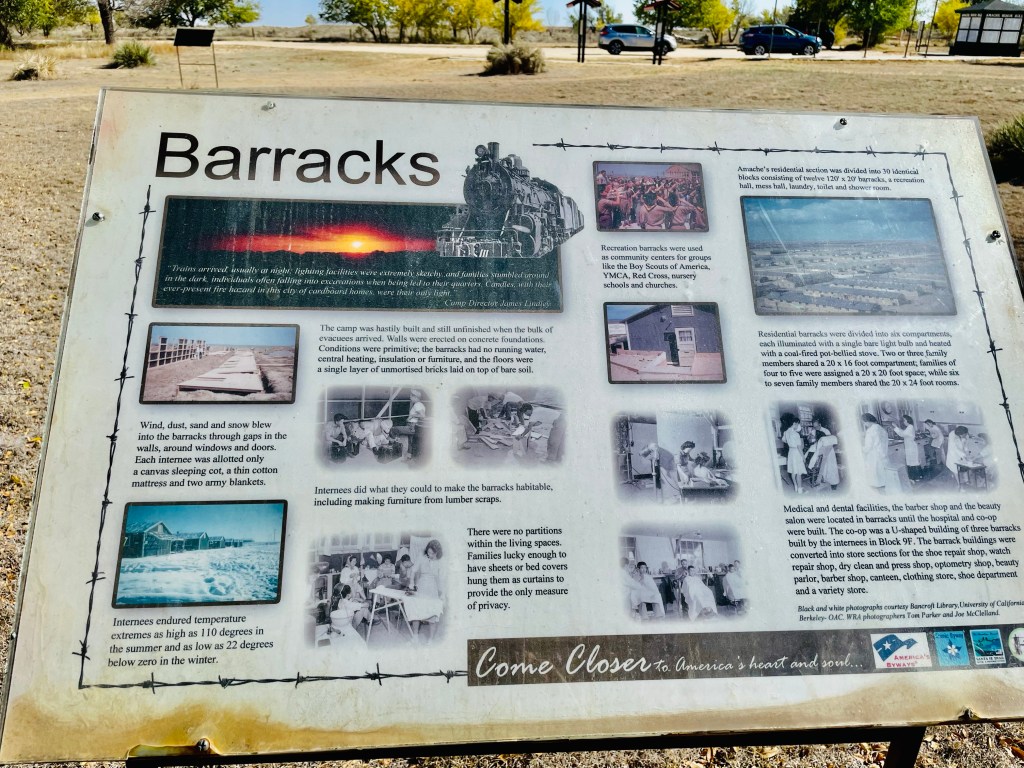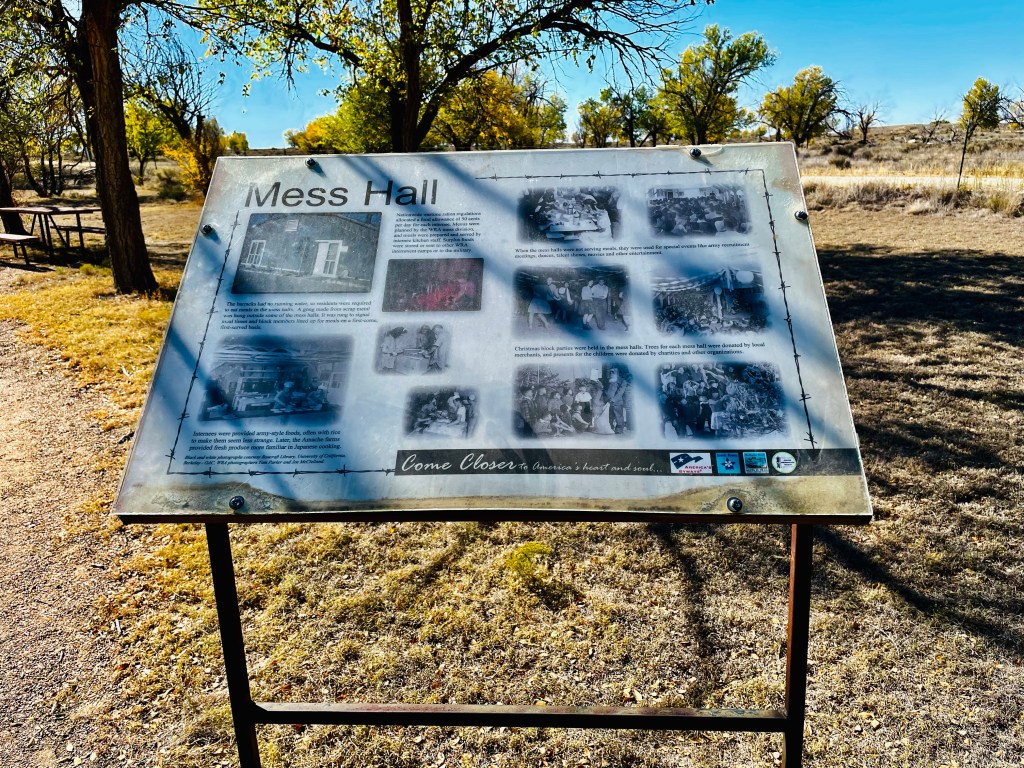“ Those who do not remember the past are condemned to repeat it.” (George Santayana)
It’s my sincere belief that the primary responsibility of a historian would be to retell the story of the past in the most truthful and thus unbiased way possible. So I am quite sensitive to today’s controversy in my home state of Florida for example where many teachers claim that new state course guidelines in Civics Education pressure them to downplay such controversial subjects as slavery, racism, and other human rights abuses inflicted on others in the past. Know that I personally experienced this challenge to avoid “stirring the pot” of controversy as a past history teacher in the racially tense setting of inner city Miami with a recent history of violent black community resistance to white majority rule.That meant that some school administrators would covertly persuade novice white teachers like myself to skip talking about race in their Civil War instruction and similarly “tread lightly” on the topic of the racially induced Civil Rights movement in late 1960s America as well. For professional advancement reasons, I simply sanitized my lessons accordingly as I was told.
So you might say I’m noticeably sensitive to those occasions when I encounter human rights abuses both home and abroad as I pursue life these days as an independent traveler. Witness as an illustration the surprising road trip discovery last week of Amache Reservation’s historic remnants as we passed along a lightly traveled back road in Eastern Colorado. For during our curious stop there to just briefly look around, I learned from a series of historic markers there that Amache once served as a holding grounds for 10,000 people of Japanese descent during World War II who were forced to leave their homes and ultimately be housed in isolation behind barb wire fences in this remote camp facility throughout the duration of this conflict. Further examination of these signs revealed that such an egregious display of racial prejudice against these men, women, and children, most of which who were predominately American citizens, resulted in unsanitary, crowded living conditions and widespread loss of basic civil liberties throughout this long course of their confinement.
As the following photo set reveals, I saw very little authentic proof of Amache Reservation’s infamous past that day. For only the barren steppe grounds, aging fence barriers, a few concrete buildings and unpaved dusty roads remain today on the Amache Reservation to mark the horrible tragedy that these innocent Japanese people endured. Yet I might say that my most enduring memory of this visit to Amache happened at the end of this visit at an obscure Honor Roll Monument paying somber remembrance to these undeserved Japanese victims of war. For it’s quite clear now that it made little sense for me to stand proudly amid such a travesty of injustice as an American citizen that day.











I am glad we turned around to visit. It was full of informative about another dark and inhuman treatment of Americans. Very sad.
LikeLike